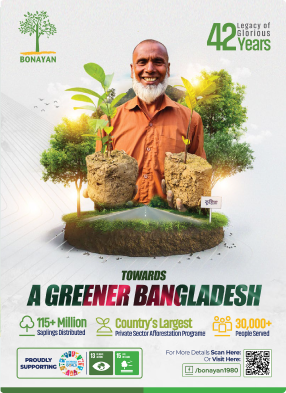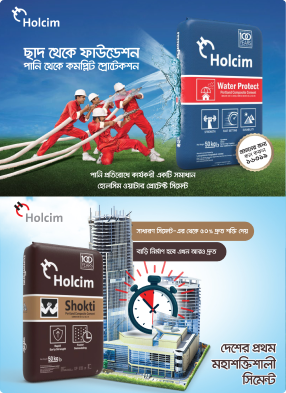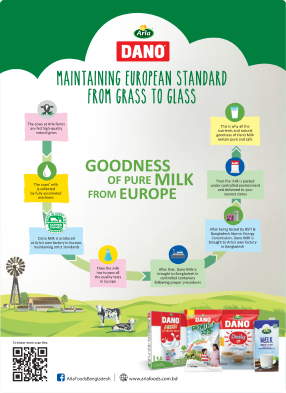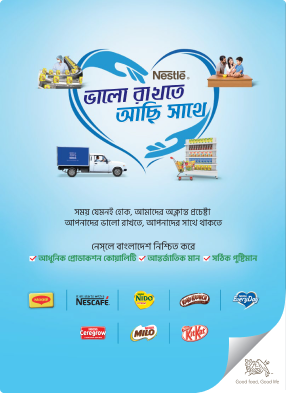- info@ficci.org.bd
- |
- +880248814801, +880248814802
- Contact Us
- |
- Become a Member
- |
- |
- |
- |
- |
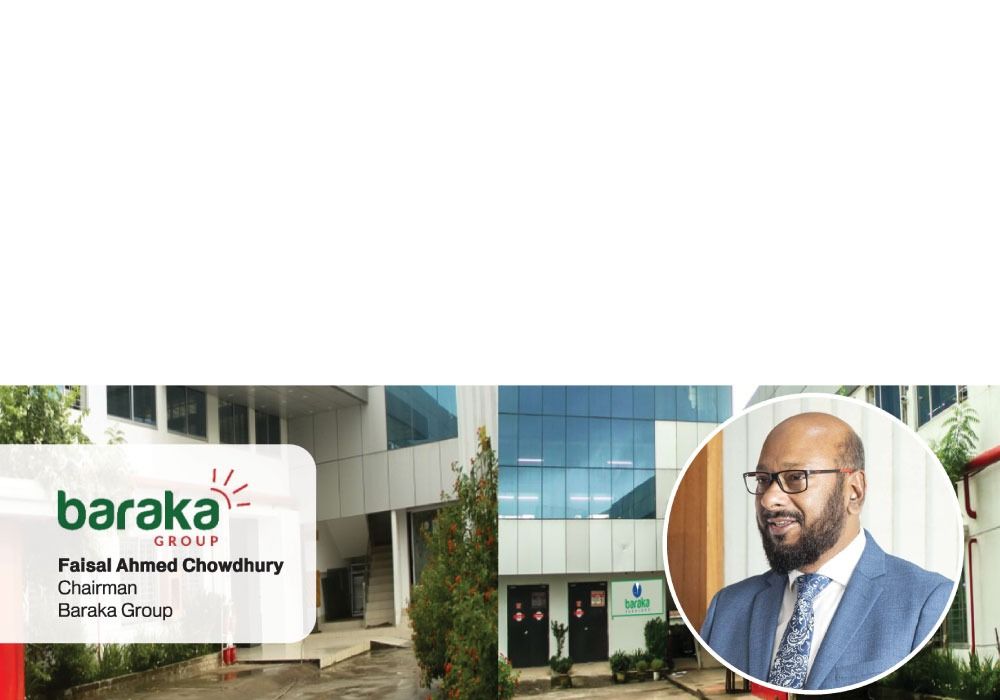
The economic growth of Bangladesh has historically been backed by the garment and textile industry, that propels its development and advancement. With an extensive amount of accomplishment and a spirit of entrepreneurship, this sector has established itself as a world leader in clothing production, contributing significantly to the GDP of the country and giving millions of people jobs. The garment and textile industry is still essential to Bangladesh's future success as it continues to overcome obstacles and take advantage of possibilities.
Bangladesh's garment industry began to gain momentum in the late 1970s, taking advantage of its low labour costs and skilled workforce. By the 1990s, the country had established itself as one of the largest exporters of textiles and garments in the world. Today, it is the second-largest exporter of ready-made garments (RMG) globally, after China. This success can be attributed to competitive pricing, a large pool of skilled labour, and a favourable government policy supporting the sector's growth.
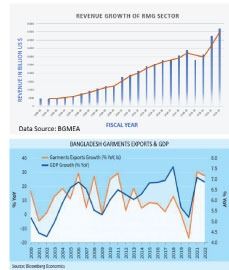 The Garments and Textile sector contributes for an amount exceeding 84.58% of Bangladesh's overall export revenue. The country's clothing and textile exports totaled more than $43 billion in fiscal year 2023-2024, establishing it as an essential participant in global supply chains. This strong export perfor- mance has helped Bangladesh maintain a consistent GDP growth rate, despite global obstacles like as the COVID-19 epidemic, the Russia-Ukraine conflict, and inflationary pressures. The RMG sector's strong export volume enables a consistent input of foreign currency, strengthening the country's balance of payments and foreign reserves.
The Garments and Textile sector contributes for an amount exceeding 84.58% of Bangladesh's overall export revenue. The country's clothing and textile exports totaled more than $43 billion in fiscal year 2023-2024, establishing it as an essential participant in global supply chains. This strong export perfor- mance has helped Bangladesh maintain a consistent GDP growth rate, despite global obstacles like as the COVID-19 epidemic, the Russia-Ukraine conflict, and inflationary pressures. The RMG sector's strong export volume enables a consistent input of foreign currency, strengthening the country's balance of payments and foreign reserves.
The Garments and Textile sector contributes more than 13% of Bangladesh’s GDP. The country invested around USD 15 billion in the primary textile sector. The Primary Textile Sector (PTS) meets approximately 85-90% of the yarn demand for knit RMG and 35-40% for woven RMG.
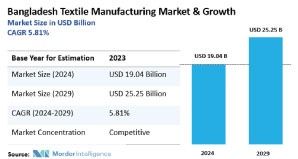
The Bangladesh Textile Manufacturing Market is projected to experience significant growth over the forecast period, despite challenges posed by the COVID-19 pandemic and geopolitical tensions. The sector's resilience is highlighted by its contribution to GDP and export earnings, although exporters face hurdles due to international payment issues and logistical challenges.
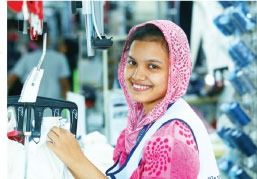 The sector also plays a significant role in job creation, particularly for women. Over 4.4 million people, of which most are women, are employed in Bangladesh's garment factories. This provides a vital source of income for countless families, contributing to the reduction of poverty and the improvement of social mobility.
The sector also plays a significant role in job creation, particularly for women. Over 4.4 million people, of which most are women, are employed in Bangladesh's garment factories. This provides a vital source of income for countless families, contributing to the reduction of poverty and the improvement of social mobility.
This industry directly and indirectly affects the living and livelihoods of nearly two crore people in this country. It also supports millions more through backward linkages industries in knitting, dying, accessories, logistics, services, etc., which is directly involved with the RMG sector. Its multiplier effect creates business opportunities in packaging, transport, and urban services, driving employment and economic growth across related sectors.
As the world increasingly focuses on sustainability and ethical business practices, the Garments and Textile sector in Bangladesh has begun to embrace these changes. The country is working towards adopting eco-friendly production methods, such as using sustainable materials, reducing waste, and minimizing water usage.
Technology is rapidly reshaping the Garments and Textile sector. Automation, AI, and the use of digital tools in design, manufacturing, and supply chain management are transforming the way garments are produced. Bangladesh, with its large, youthful workforce, is well-positioned to adopt these technologies.
Moreover, the rise of e-commerce has opened up new sales channels for Bangladeshi manufacturers. Direct-to-consumer platforms allow manufacturers to sell their products globally without the need for intermediaries, which could lead to better margins and increased market reach.

The garments and textile sector in Bangladesh faces rising labour costs, global market fluctuations, and demands for sustainability. Balancing cost-effectiveness with improved labour rights and environmental standards is essential. Diversifying markets and products while ensuring compliance with global standards can mitigate risks and sustain the sector's transformative role in the economy.
As Bangladesh enters the next phase of growth, the Garments and Textile sector remains a critical pillar of the economy. To ensure its continued success, the country must focus on diversifying its product offerings, improving labour conditions, and adopting sustainable practices. Strengthening international trade relationships, encouraging innovation, and building a skilled workforce will also be crucial in maintaining global competitiveness.
In conclusion, the Garments and Textile sector is not only a change-maker but a key driver of Bangladesh's economic future. With its resilience, innovation, and commitment to sustainability, the sector is ready to continue contributing to the country’s growth and development for years to come. The sector's ability to adapt to changing global trends will determine how well Bangladesh can leverage its strengths and remain competitive in the global marketplace.
Source:

